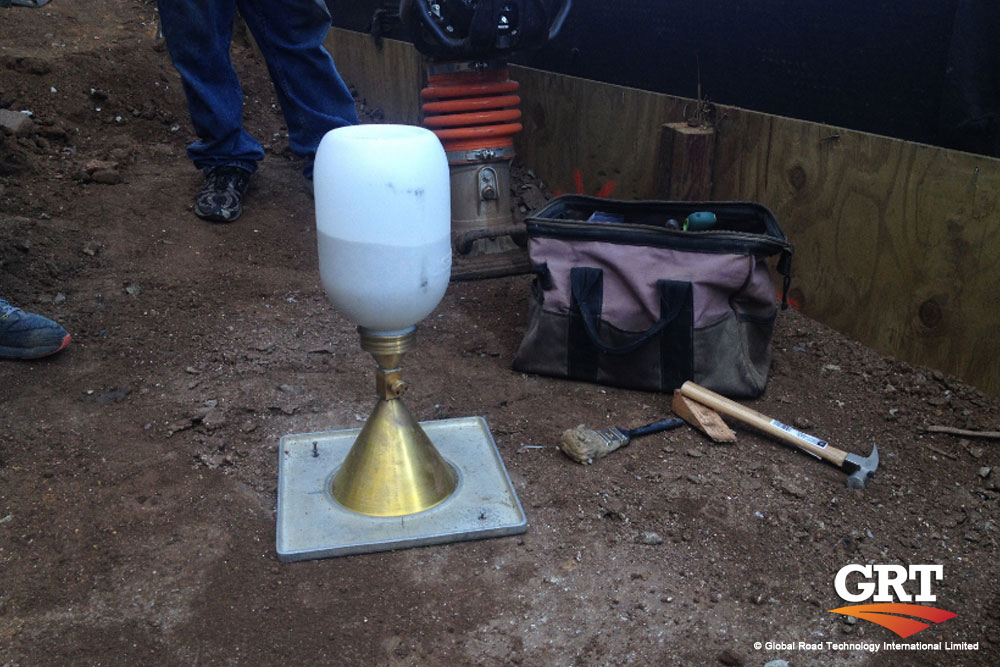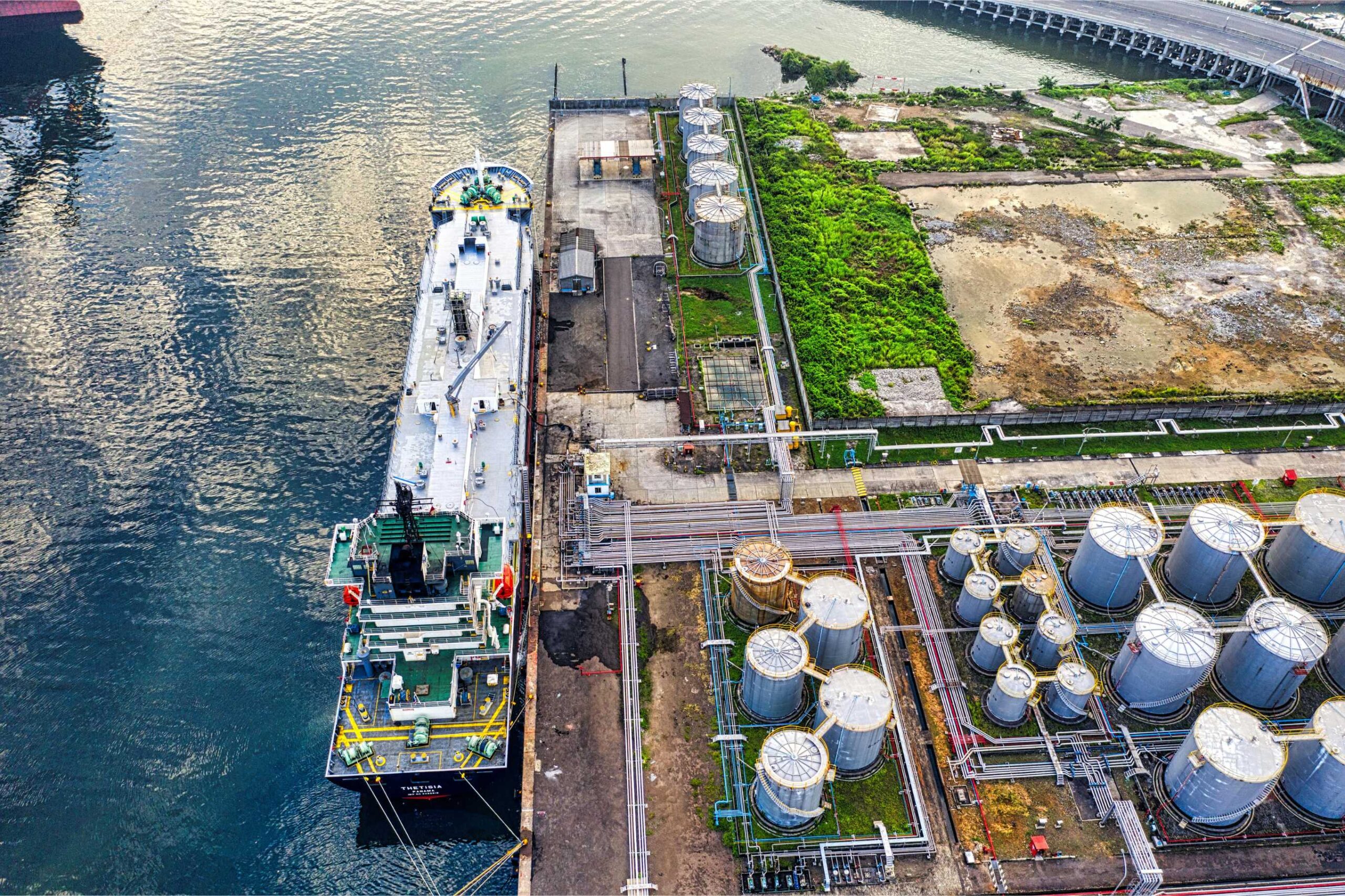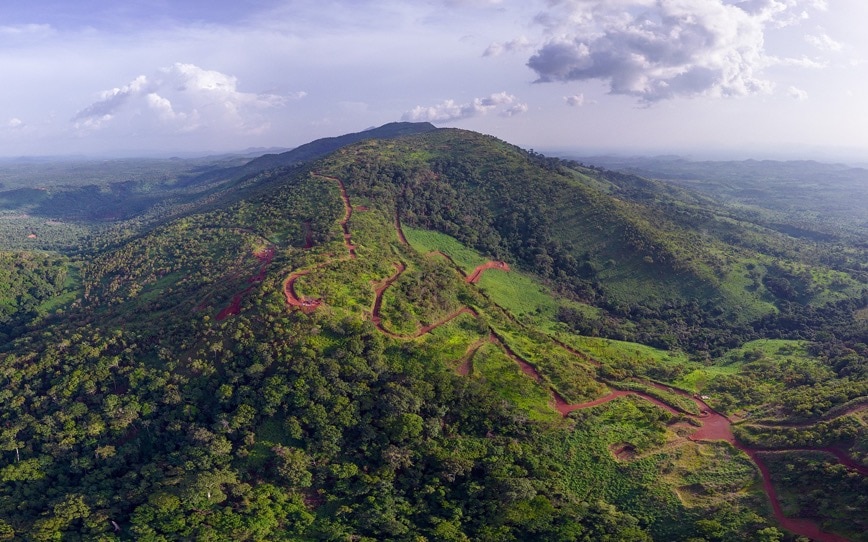Compaction Methods – Compaction in all geo-structures in necessary to ensure strength, settlement and permeability characteristics are achieved. In road building, this includes all bound and unbound materials, including the subgrade structure.
Compaction is measured as a ratio of the insitu density and the laboratory compacted density in which standards and can require vastly different ‘effort’ from material to material based on the compaction method. A summary of the typically adopted compaction methods are outlined below:
- Impact: Uses a repetitious impact weight to compact the soil – typically only beneficial in silts, clays and cohesive soils. Typically achieved with a vibrating sheepsfoot roller or a rammer.
- Pressure: Applied through the rolling of a deadload repetitiously over the pavement to compact the soil – typically only beneficial in silts, clays and cohesive soils. Undertaken using any form of steel drum, sheepsfoot or static rollers.
- Vibration: Applied through the vibratory motion of the compaction equipment – typically beneficial for gravels, sands and non-cohesive materials. Undertaken using vibratory plate compactors, vibrating sheepsfoot or vibrating steel drum rollers.
- Kneading: Applied through repetitious passes of pneumatic pressures induced by plant wheels – typically is effective on all materials, however particularly beneficial on gravel and asphalt materials. Undertaken using multi-tyre rollers, loaders, graders and any rubber tyred plant.
Where construction efficiency is desired, it is beneficial that the contractor gauges the proposed material, the required plant and the anticipated number of passes to achieve the nominated.
 .
.
The concept of producing rolling patterns and plans can be an efficient method of limiting the required compactive effort for the nominate course and can be undertaken cumulatively during construction and correlated with laboratory testing (i.e. undertake a continual number of passes and measure the progressive compaction levels).
Are environmental regulations, health and safety concerns or potential profit loss a concern right now?
It is highlighted that moisture levels can play a significant role in achieving the desired compaction regardless of the compaction effort and is particularly relevant to non-cohesive materials (i.e. sands and gravels or roadbase). In these materials where the bearing capacity is dependent on the particle friction and interlock, the material is typically placed at Optimum Moisture Content (OMC) – the moisture content at which the greatest compaction can be achieved with the same compactive effort.
Where consideration is given to compaction plant, rolling patterns and methods prior to construction, there is often opportunity to facilitate significant plant and labour savings.
For more information on Global Road Technology or Compaction Methods please Contact Us.
MORE INDUSTRY ARTICLES
April 19, 2024
LNG: What is it, and why does it Matter?
April 17, 2024
Team Rio Locks In $23 Billion for Simandou
MORE INDUSTRY ARTICLES
April 19, 2024
LNG: What is it, and why does it Matter?
April 17, 2024

